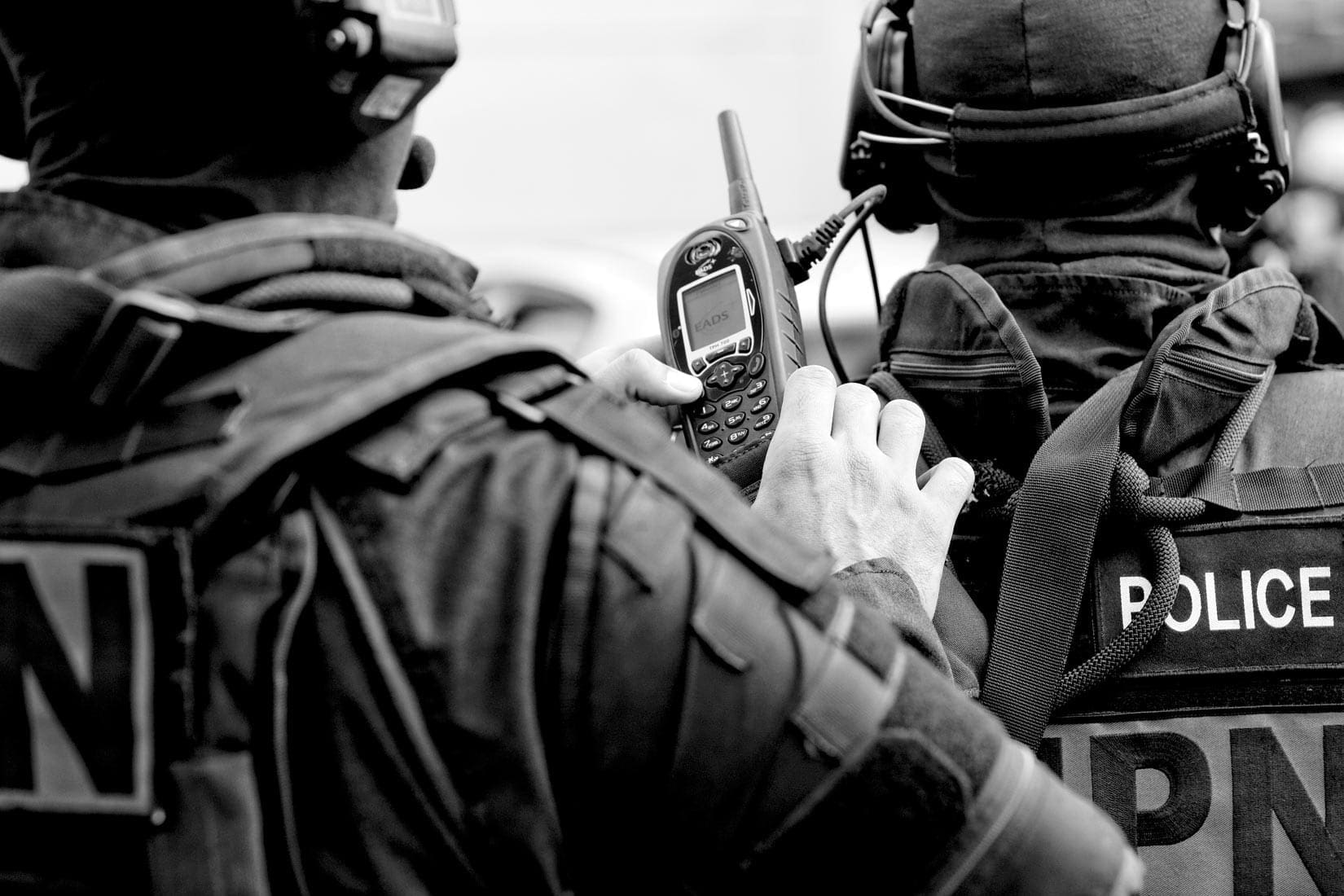In a recent survey by Police1, 64 percent of nearly 300 law enforcement personnel were not aware of RoIP (Radio over Internet Protocol). At its core, RoIP takes and enhances two-way radio communication and routes it through telecommunication or “cellular” technology. In a sense, you have a traditional radio, but it’s running through your cell phone with PTT (Push-to-Talk) activation.
RoIP and PTT integrate with existing radio and dispatch systems, allowing for dual use. In addition to strengthening your overall communication infrastructure, it’s become a failsafe application for users in public safety, education, healthcare and commercial spaces. Below are 4 reasons you need to consider adopting RoIP for your communication needs.
1. Expanding Limits
The survey by Police1 points to a common problem: dead zones both inside and outside. More than 80 percent of respondents say they experience dead zones that inhibit radio communication. Ultimately leading to longer response times, confusion around resources and more.
A typical radio system can transmit around 100 miles from its home base. Outside of geographic interference with radio signals, transmission limits can create issues for out-of-range command staff and other collaborating agencies. Not to mention, radio traffic gets distorted easily and becomes harder to understand the farther the user is from a transmitter.
RoIP taps into infrastructure that has limitless reach. If there’s an emergency and managers are off duty or heading back to where they are needed, with RoIP technology, they stay connected and don’t miss a beat. RoIP leverages technology advancements to make voice communication clearer with bandwidth saving compression to keep quality consistent.
2. Breaking Barriers, Building Safeguards
Similar to reason #1, but oftentimes more pressing: radios simply cannot penetrate some buildings. Think schools, hospitals, shelters and even large entertainment venues.
Time and time again, outside first responders and internal administrators/safety personnel face issues communicating on either side of the walls they are trying to break down. The problem is two-sided. The parties involved may be on different communication systems or the actual building is preventing radio signals from coming together.
RoIP can not only bypass this issue on cellular signal strength alone, but can also leverage wifi capabilities to jump over everyday cellular traffic while also overcoming low 5G, 4G or LTE availability. With a RoIP-based product, users have the ability to break down “now what” communications barriers while also clearing users of “we were not prepared for this” liabilities.
3. More Users, Less Expense
Traditional emergency response or high quality commercial radio systems can run up a bill quickly. The price tags can range between $3,000-$10,000. That isn’t always friendly for volunteer departments or really anyone that doesn’t have a robust communications budget. This problem, perhaps more so than all the others outlined in this blog, may be the biggest hurdle to clear, concise, headache-free communication.
Your team may not have enough radios for everyone. The radios you do have may be on their last legs. Maybe the batteries are so old, they don’t last very long anymore. These problems are frustrating and it can kill communication objectives before they are even activated. As a supplement, RoIP connectivity adds more users to your communications web. Accessible through apps, the cost to run and manage users is far more economical and doesn’t chain users to physical radios at all times.
4. Modern Functionality
As technology has rapidly evolved, radios and their core functions have truly stood the tests of time. While classic, straightforward radio functions have been enhanced over the years, the base functions have remained constant: push a button to talk, swap a channel or two and acknowledge a tone. However, these tried and tested functions have struggled to adapt to modern communication needs.
While RoIP is a function in itself, when tied into a multi-functional platform, the technology package on an app can bring game-changing functions to large-team communications. If a group of people are trying to communicate outside of a radio system, they are likely in a text chain or jumping on and off calls to each other. Group texts and group calls outside of an organized app can quickly get annoying or messy. Not to mention, some members of a team may not want their contact information used for work purposes.
Technology that features RoIP integration allows users to form specific communications channels to share information via text or voice. For first responders or team leaders, this function allows command staff to communicate high-level operations needs and with a quick tap or swipe, like a radio, the message can be shared with the entire team. The integration also allows for seamless communication in and outside of your organization. School and hospital users can create direct connections with outside agencies to shore up communications during an emergency.
RoIP integration isn’t just a tool, it’s a proactive means to eliminate communication shortfalls while improving outcomes. If you have questions or want to see how RoIP integration can solve your communication problems, the team at Tango Tango is ready to meet your needs.
Contact Sales
Do you think Tango Tango could help solve communication challenges for your team too? Provide us with a few details about you and your team, and we’ll be in touch to get you talking in no time with a 30-day free trial.
